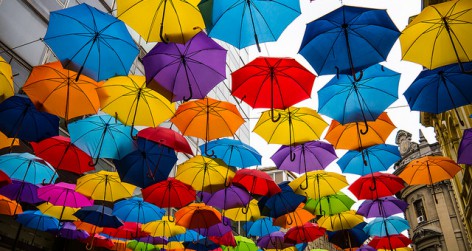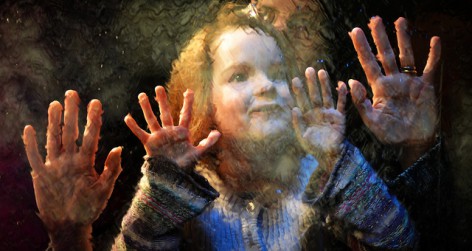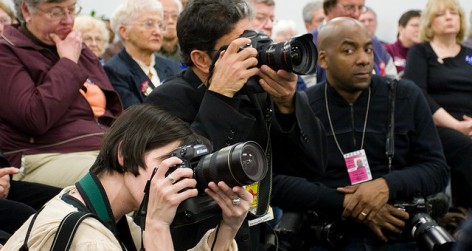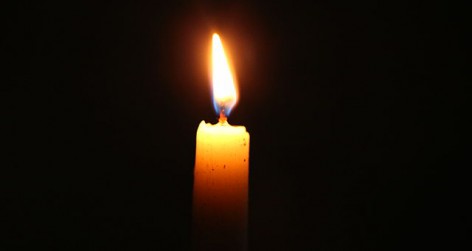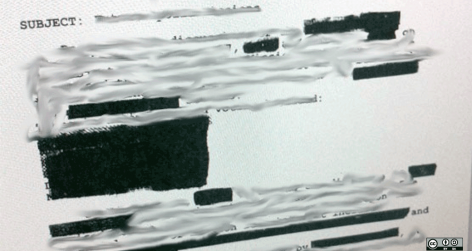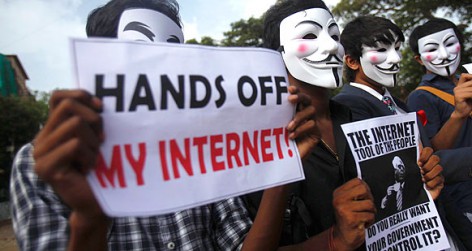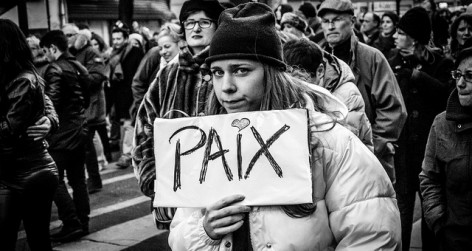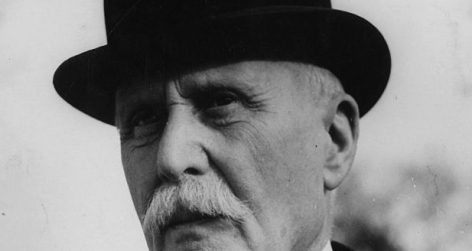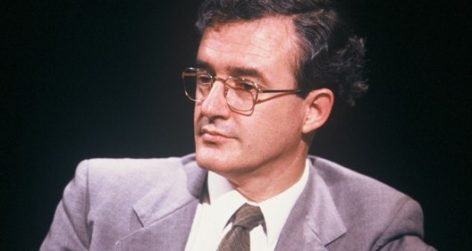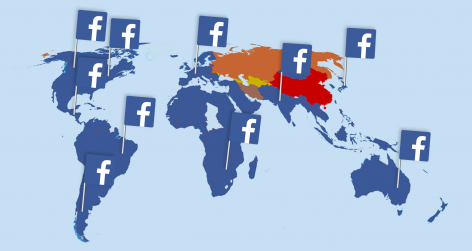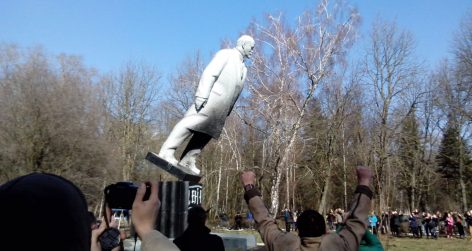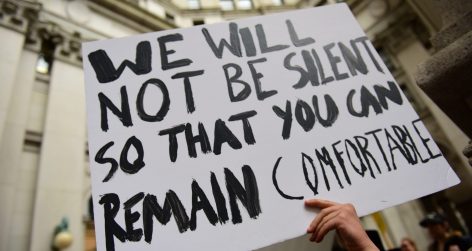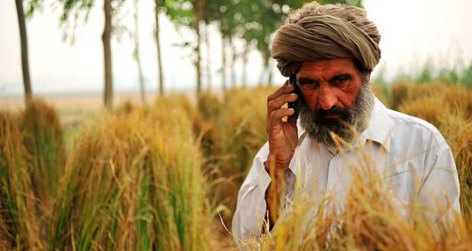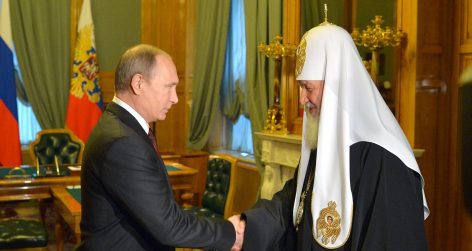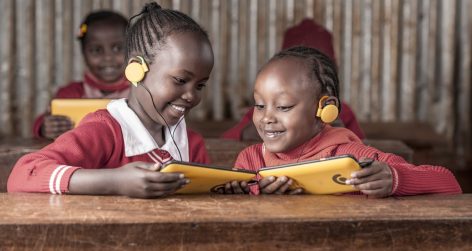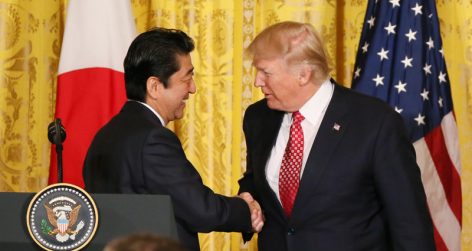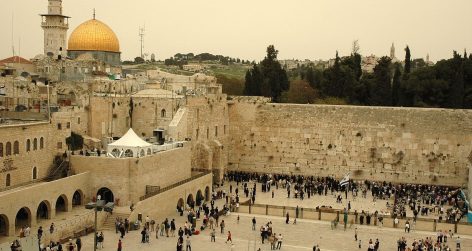Tore Slaatta investigates Norwegian artists’ views on their freedom of expression in contemporary society.

As part of a nationwide research project in 2014 on citizens’ experiences and attitudes to issues of freedom of speech in Norway, a specially designed questionnaire was developed to measure the actual and the perceived limits to freedom of expression in the arts. Members of the two main Norwegian artists’ organisations for authors and visual artists were invited to answer a wide range of questions, with a response rate of around 40 per cent from a total of 495 authors and 1840 visual artists. In the survey report (see www.statusytringsfrihet.no), four main findings are emphasized.
Limits to artistic freedom of expression
Although most Norwegian artists believed that their fundamental rights for freedom of expression were well protected in Norway, close to one third of all artists reported incidents when their freedom of expression had been limited. Nearly one in five said they had been “harassed or in some way felt they’ve been pressured” when they acted on behalf of particular groups in society (other than artists groups). Every fourth author said “yes”, there had been situations when someone had asked if their “texts took into consideration the wellbeing of real people’s lives” or about the “ethical sides of their artistic works”. Almost one-third of the responding authors had experienced critics saying that certain parts of their texts ought to be changed. Almost none had experienced being contacted by lawyers, but 6 per cent of responding visual artist reported having received “letters or e-mails with threatening content”. When we asked what external factors authors and visual artists considered as limiting, just over one third (35 per cent) nominated the growth of “political correctness” in society. Also “particular groups claims for protection from offending expressions” received high support (28 per cent), as did “the growth of political extremism” (22 per cent), but only 13 per cent argued that “the emergence of a multicultural population” can be limiting. In contrast with more general citizens groups (the same question was used in several surveys), almost all artists (and journalists) agreed that critical expressions about religion must be allowed in society. At the same time, as many as 46 per cent stated that they were taking precautions in order to avoid offending other people’s religious beliefs.
The impact of cultural policies
The orientations of governmental art policies was the single factor that most artists saw as connected to their freedom of expression. It is the supportive and positive role that was emphasized, and most responding artists saw few dangers with an active and supportive state in art politics. Almost no one thought that receiving public funding weakened their artistic freedom of expression, or that public funding regimes implied dangers for the arms length principle. 83 per cent of responding authors saw no problems with the active role of Norwegian artists organisations in the distribution of public grants to artists. However, among visual artists, one in five saw the practices of the Arts Council as limiting their freedom of expression. In general the survey confirmed that four cultural policy factors are important: 1) that the media and the internet is not censored, 2) that public support is not connected to censorship or restrictions for use, 3) that the main news media uphold their professional critique of art and literature, and 4) that artists organisations remain strong in cultural policy involvement.
Engagement and politics
The everyday challenges to middle class living seemingly receive a lot of attention in contemporary art. However, a strong social engagement is alive and kicking among Norwegian artists. Four out of five agreed (fully or partly) that authors and visual artists ought to be “engaged in what goes on in society”, and around half confirmed that artists have a “particular responsibility to bring a voice to weak societal groups”. This supports the hypothesis that socially engaged art is being strengthened in contemporary art worlds. The outrageous killings of 68 young social democrats at Utøya on 22 July 2011 was a turning point for many of the responding artists: close to one in five say their freedom of expression was “affected by the post effects of the events” and agreed that the events had changed their view on art and literature. A considerable proportion (67 per cent) had participated in meetings or debates about artists’ rights and freedoms in the past two years, and although most artists neither write for or are given access to professional media on a regular basis, one in four reported that they had acted on behalf of “special interest groups” (other than artists). Over 40 per cent of the total, and 67 per cent of the responding authors, answered yes to the question of whether their position as artist or author had given them advantages when it came to having a voice in the public sphere.
The status of art
The results from the survey on artistic freedom of expression can be read as an indicator of how the status of art in society is felt and interpreted. Most artists found that art has a weakened position in society. In general we must conclude that the conditions for artistic freedom of expression are generally not under threat and plurality in the artistic public sphere is not restricted. The impression from the survey is that it is the public sphere and the cultural conditions for expression, and not the conditions for autonomous art production and artistic expressions, that are under pressure. It is the consequences of having expressed something that others perceive as controversial, the tendencies to “political correctness” and the increasing number of incidents in which special interest groups claim particular rights for protection and respect, that artists experience as problematic.
Tore Slaatta is a professor at the University of Oslo and a researcher of European media and cultural politics.
